Want to add some of the fresh earthy vibes to your house interior decorations? Add the indoor exotic tropical plants to your house’s outdoor and indoor interior. Tropical plants have very fresh leafy kinds of vibes. Especially when you live in hot and humid weather, these plants bring an earthy and new look to your garden. Along with the nice look, every tropical plant’s leaves are unique, so tropical rainforest plants are always the favourite of every designer and gardener.
What are you thinking? How common tropical house plants can bring a fresh vibe to your garden. Let’s have a look at the few tropical plants which you can buy in 2022.
Read More: 10 Best Spiky Plants To Decorate Outside Your House
10 Market Best Tropical Plants To Buy In 2022
The indoor tropical house plants always make your room look fresh and elegant. Even if you are adding tropical green plants to your garden, it will look more colourful. Who does not like to have fresh green looks in their garden?
Here is the list of tropical plants which you can buy in 2022.
1. Bird Of Paradise
This name of the plant symbolizes its beauty. Bird of paradise also has a very well-known common name, the crane flower plant. This is one of the most beautiful tropical plants on the list of indoor tropical house plants. Bird of paradise is a good choice.
You will get an excellent attractive plant with vibrant, colorful flowers. The flowers of this plant look like a heavenly yellow bird.
Native Place: South Africa.
Where To Grow: This plant is more convenient for indoor and outdoor gardens. The warm weather is more suitable for it. The 65°F and 85°F temperatures in indoor places are the best places to grow it.
2. Philodendron Birkin
Do you like to have a tropical big leaf plant indoors? Then Birkin is going to be your best pick. These tropical big leaf house plants have lovely light and dark green colour stripes on the surface.
The leaves of these tropical plants are fresh in colour, and every branch is soft green tender. The only disadvantage of having these plants are they are not fast-growing plants. So you have to keep your patients in the right place to see the full-grown plant.
Native Place: Rainforest of Brazil and Paraguay.
Where To Grow: This plant is more convenient for indoor and outdoor gardens. The warm weather is more suitable for it. They have more than 50 species in the same category. The 55°F and 86°F temperatures in indoor places are the best to grow it. Direct sunlight is harmful to it.
3. Parlour Palm
Parlour palms are another great selection of common tropical house plants. Even though they are the best plants for tropical areas, these plants can easily tackle the lowering temperatures.
The best experiences of growing these plants are that they are very compatible with every type of environment. And not only that, you do not have to spend hours taking care of them. For beginner plant enthusiasts, these parlour palms are very convenient to have.
Native Place: South Mexico and Guatemala.
Where To Grow: This plant is more convenient for indoor and outdoor gardens. The 65°F and 80°F temperatures in indoor places are most suitable for them.
Click Here To Read: 10 Best Low Maintenance Plants To Buy In 2022
4. Shangri La
Shangri La is a small and tender soft plant. Are you looking for fresh-looking tropical plants? Then you can select this plant. The indoor weather is more suitable for growing this plant. Why select this plant?
The fresh-looking green heart-shaped leaves always look fresh and more fragile. Every leaf is dark green in colour. They have more different species. And every type of Shangri La planet’s leaves shape is different.
Native Place: Southern part of China.
Where To Grow: This plant is more convenient for indoor and outdoor gardens. The 60°F and 75°F temperatures in indoor places are most suitable for them.
5. Money Tree
There are plenty of myths associated with the money plant. But the fact is the money plant looks fresh, and every leaf of the plant is tear-shaped. The shapes and size of the money tree are very compatible with indoor ambiances.
When you want to select any indoor plant, what types of characters you are searching for. The usual quality of the indoor plants should be they should be good for your health and easy to maintain. The money tree has all these characteristics. You do not have to make much effort for maintenance, and you will get a plant that will increase the oxygen level of the air.
Native Place: Central and southern part of South America.
Where To Grow: This plant is more convenient for indoor and outdoor gardens. The 65°F and 80°F temperatures in indoor places are most suitable for them.
6. Bromeliad
These tropical plants’ flower colours are like the birds of paradises. The flowers are like a bunch of golden birds. The vibrant colours of the flowers make it unique. Bromeliad has multiple different species. But my favourite is the orange one. These plants ‘ leaves have a distinctive look along with the nice glowing orange colours.
The leaves of the plants are thin and give the whole plant an excellent cone shape. You cannot separate the plant’s leaves and the flowers. Only the colours of the petals make the difference.
Native Place: Africa, South America, and Caribbean seaside tropical areas are their native places.
Where To Grow: This plant is more convenient for indoor and outdoor gardens. The 50°F and 65°F temperatures in indoor places are most suitable for them. However, highly humid and airy places are always the appropriate place for it.
7. Areca Palm
This tropical palm is another great selection for indoor and outdoor decorations. You can pick these Palm trees as they are low maintenance and for their gorgeous look. The authentic look and structures of the palms are present in the whole attire. The indoor Areca Palms can be more than 10 ft high, and in the outdoor areas, the height can be more than 35ft.
The fountain-like structures of these tropical plants are so magnificent that if you are putting the plant in your room corner, the whole look will change.
Native Place: Madagascar, Andaman Islands, El Salvador, Cuba, and Puerto Rico.
Where To Grow: This plant is more convenient for indoor and outdoor gardens. The 65°F and 75°F temperatures in indoor places are most suitable for them. Only you have to keep these plants away from the cold air and climates.
8. Shenzhen Nongke Orchid
You can put these seven into the list of wholesale tropical plants. But do you want to buy an exotic one? Then why not select a lovely pink flower tropical orchid. Do you think only blood orchids are rare? This Shenzhen Nongke Orchid is also very rare. This is the reason you can put this orchid on the list of all exotic tropical plants.
But keep one thing in mind: these plants are costly. To buy a single plant, you have to spend about $201,000.Hence this single plant is no less than any nice art effect for your living room. But you can buy the recent plants from the tropical house plants for sale options. Usually, some of the firms offer sales of tropical plants yearly.
Native Place: China, Grece, and Rome are the original places of the orchid plants.
Where To Grow: This plant is more convenient for indoor and outdoor gardens. The 50°F and 80°F temperatures in indoor places are most suitable for them.
You May Like To Read This: 10 Best Aesthetic Plants To Buy In 2022
9. White Star
The catheter majestic white star tropical plants are great selections for the indoor garden. For household nurseries or indoor tropical house plants, these plants are good selections. The leaves are big in size. And on the surface of the plant leaves, you will find light green and dark green stripes. These light green shares look more like white colours.
The colour combinations of these plants are unique, and with this uniqueness, the plants give your room a beautiful look.
Native Place: Brazil rainforest.
Where To Grow: This plant is more convenient for indoor and outdoor gardens. The 65°F and 77°F temperatures in indoor places are most suitable for them.
10. Marginal Wood Fern
Can Marginal wood Ferns be the common tropical house plants? Yes, we all can see this plant’s in the rainforest. But you can bring a small part of the rainforest inside the interiors of your house and make your interior look picture perfect. These ferns commonly grow under the Oakwoods. But apart from the Oakwoods, you can also find these ferns in multiple areas of the rainforest.
The authentic look of ferns and leaves textures makes this plant popular among tropical plant lovers. In this long list of tropical plant names, wood ferns are very sophisticated and tender types of selections.
Native Place: North America.
Where To Grow: This plant is more convenient for indoor and outdoor gardens. The 65°F and 75°F temperatures in indoor places are most suitable for them. The direct sunlight is turning their fresh green leaves into brown.
Frequently Asked Questions (FAQs):
Q1.Name Some Of The Tropical Plants Which You Can Grow In Your Living Room?
When you want to buy some tropical plants for your living room, you have to check two qualities: one about their maintainers, and the other thing is their looks.
- Dragon tree
- Bird of paradise
- Pine Norfolk Island
- Caryota fishtail Palm
- European Olive
- Corn Plant
Q2. What Is The Easiest Tropical Plant To Grow?
Bromeliads are the easiest plant to grow. You only have to put these plants in a pot and leave them in the corner of your room. But shady and airy places are more suitable places to grow these plants.
Q3. How Much Sun Do Tropical Plants Need?
Usually! Tropical plants grow in shaded places. And indirect sunlights are more convenient nutrition sources for them. Even some of the plants can grow under indirect light sunlight. The comfortable temperatures for the tropical plants are always better. But water sources need to be more stable. Unlike the dry areas of indoor plants, these tropical plants need more watering.
Q4. Can You Grow Tropical Plants In Perth?
Yes, you can grow the tropical plants in the Perth.
Here are five tropical plants that you can grow in Perth.
- Dragon tree
- Hawaiian Hibiscus
- Giant Bromeliad
- Sago palm
- Cane Palm
Bottom Line:
Each of these ten tropical plants is very convenient for indoor and outdoor gardens. But if you are living in an arid area, then my suggestion is to place this plant under the shaded places or inside your room. For any type of tropical plant, watering is very valuable. In most tropical regions, rainfalls are frequent. So be sure you are going to water your plant every day. Which plant are you going to select for your indoor or outdoor garden? And if you are already thinking of having a green natural living room, share your plant’s pictures in the comments sections.
Read Also:













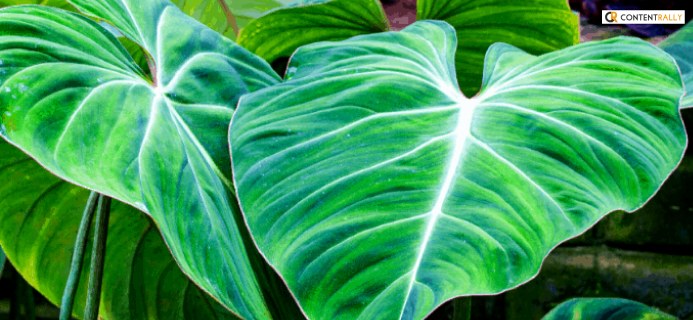
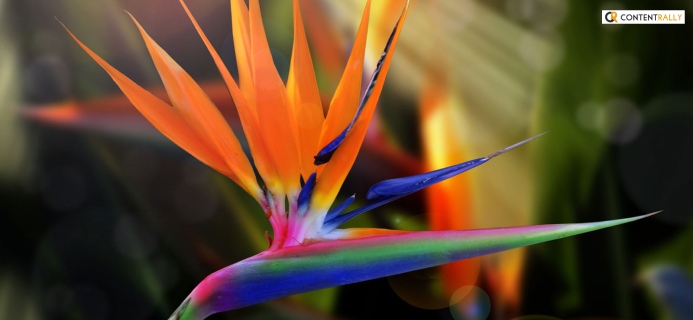
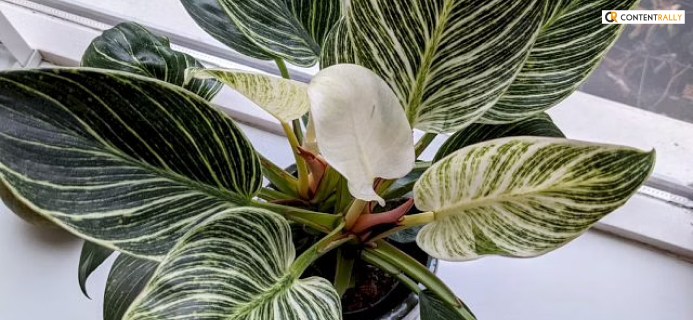
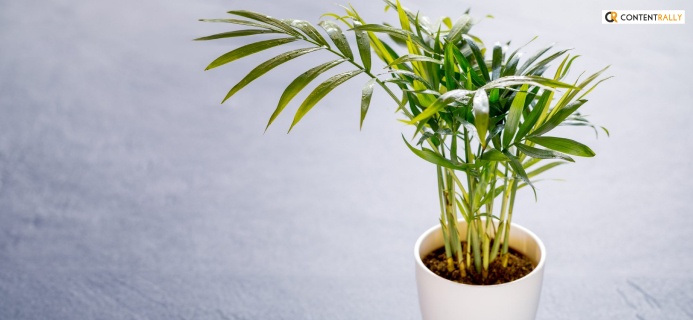
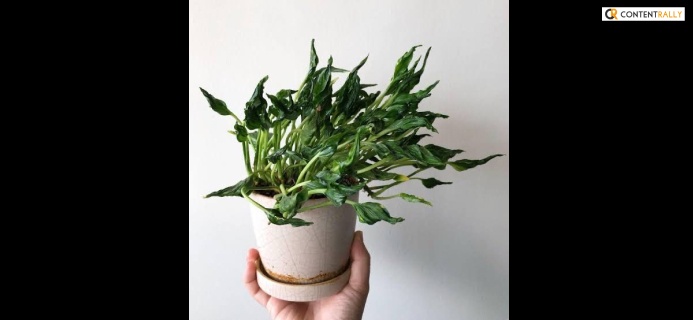
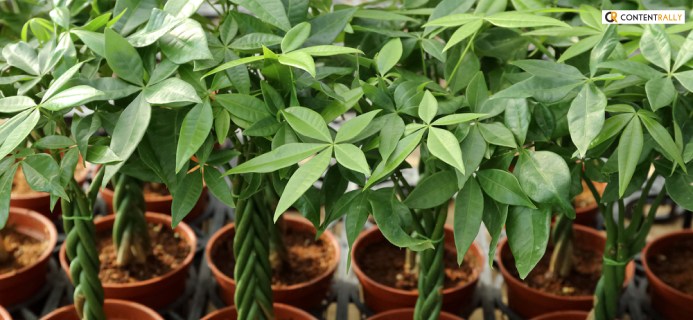
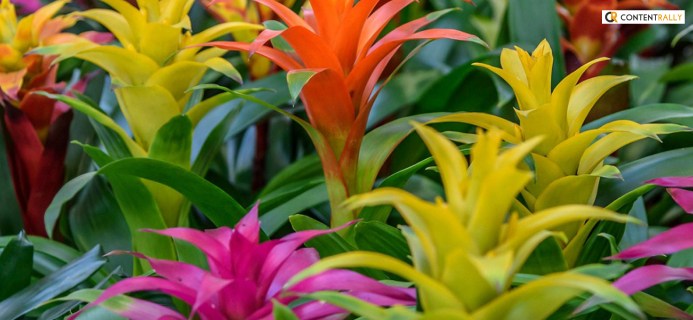
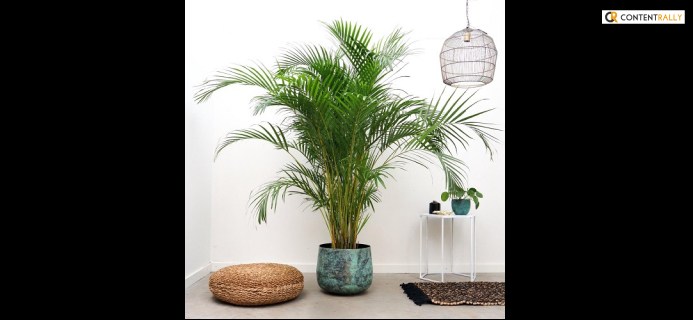
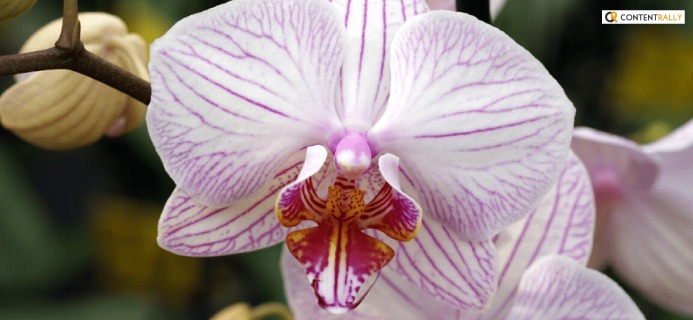
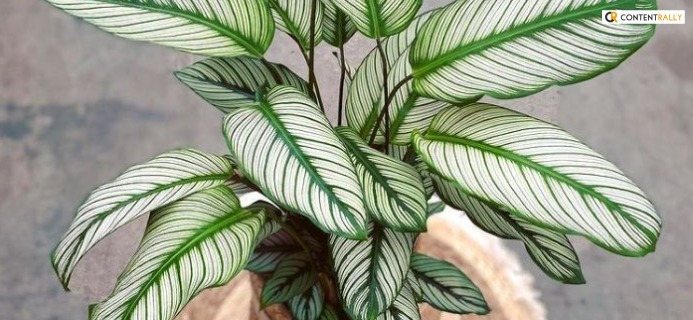
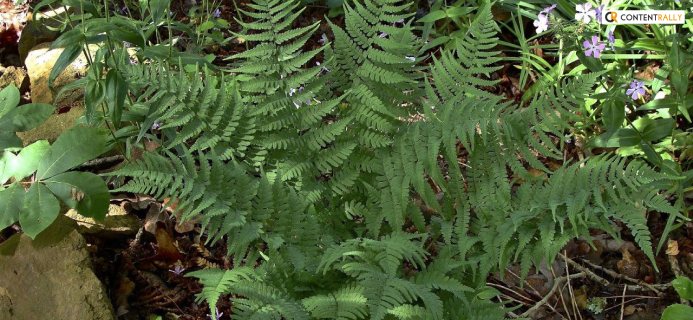
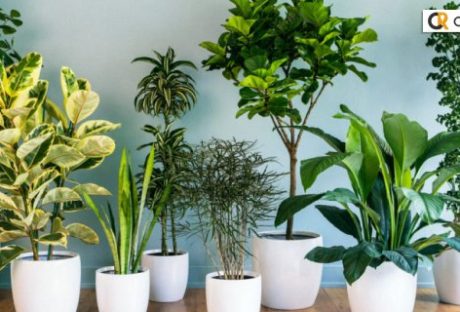
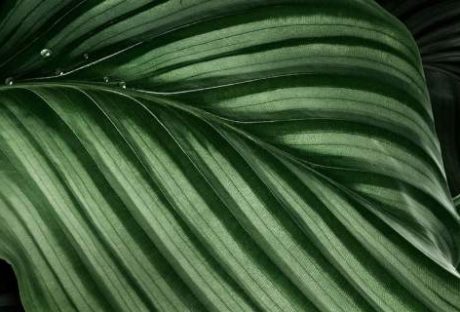




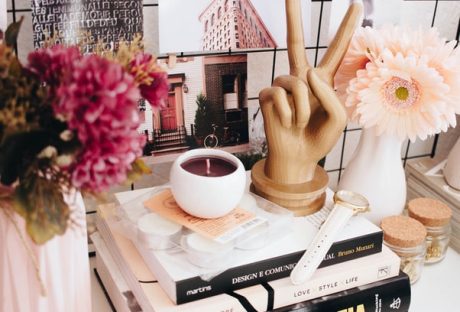
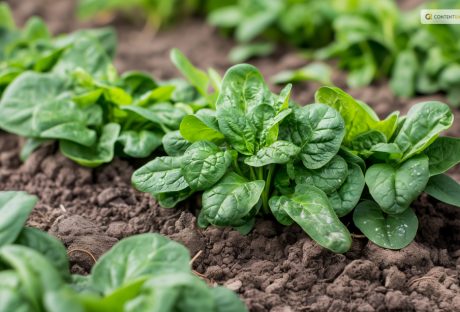
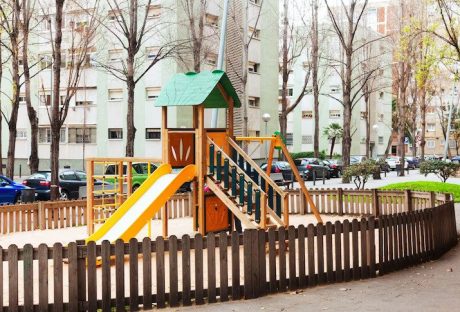
All Comments
Luis Rufino
Hi, yes this paragraph is really nice and I have learned lot of things from it on the topic of blogging. thanks.|
Ike Ablao
Woah! I'm really digging the template/theme of this website. It's simple, yet effective. A lot of times it's very hard to get that "perfect balance" between superb usability and visual appeal. I must say you have done a excellent job with this. Also, the blog loads very quick for me on Internet explorer. Outstanding Blog!|
You have noted very interesting details!
Thank you for great content. I look forward to the continuation.
Your article helped me a lot, is there any more related content? Thanks!
Very nice blog post, definitely love this site,tick with it!